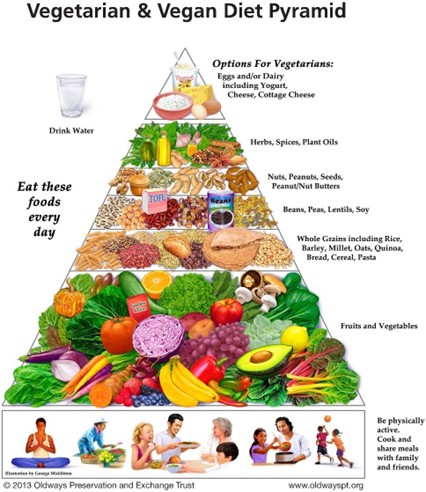The nurse observes a client using an incentive spirometer.
Which action should the nurse take?
Notify the healthcare provider that the client is having difficulty using the spirometer.
Encourage the client to continue to inhale slowly into the spirometer until the goal is met.
Offer to demonstrate the correct use of the incentive spirometer to the client.
Remind the client to cough after each use of the spirometer to help clear the lungs.
The Correct Answer is B
Choice A rationale:
Notifying the healthcare provider that the client is having difficulty using the spirometer may be necessary if the client is unable to use the device correctly despite encouragement and education. However, the initial action should be to encourage the client and provide support.
Choice B rationale:
Encouraging the client to continue inhaling slowly into the spirometer until the goal is met is the correct action. Incentive spirometry is used to improve lung function, and it is essential for the client to use it correctly and meet their goals to achieve the desired outcomes.
Choice C rationale:
Offering to demonstrate the correct use of the incentive spirometer to the client may be helpful if the client is struggling to use it properly. However, the initial response should be to encourage the client and provide guidance.
Choice D rationale:
Reminding the client to cough after each use of the spirometer to help clear the lungs is not the most appropriate action in this situation. While coughing may be beneficial, the primary focus should be on achieving the goals of the incentive spirometry.
Nursing Test Bank
Naxlex Comprehensive Predictor Exams
Related Questions
Correct Answer is ["A","D","E"]
Explanation
Since the pregnant woman is vegetarian and does not eat meat, the practical nurse (PN) should provide alternative sources of iron-rich foods. Lentils and black beans are excellent vegetarian sources of iron and can be added to soups to increase iron intake (option a).
Oatmeal is a good choice for breakfast as it is often fortified with iron (option d). This can help supplement
iron intake in the diet.
Green leafy vegetables, such as spinach, kale, and broccoli, are also rich in iron and should be increased in the client's diet (option e).
Option b, which suggests eating red meat just until the anemia is resolved, is not appropriate for a vegetarian client.
Option c, taking two prenatal vitamins with iron daily, is not necessary unless specifically advised by the healthcare provider. It is important to follow the prescribed dosage of medication and supplements as directed by the healthcare provider.
 |
Correct Answer is D
Explanation
Choice A rationale:
Washing the patient's left side first and then moving to the right side does not demonstrate an individualized approach or consideration for the patient's preferences and abilities. It is important to involve the patient in the decision-making process, especially when they have hemiparesis, to promote their autonomy and comfort.
Choice B rationale:
Washing the patient's right side first and then moving to the left side does not consider the patient's preference and may not align with their abilities or comfort. It is essential to prioritize the patient's preferences and needs.
Choice C rationale:
Washing both sides of the patient at the same time, starting from the head and moving down, may not be feasible or comfortable for the patient, especially if they have hemiparesis. This approach does not demonstrate an individualized care plan based on the patient's specific condition.
Choice D rationale:
Asking the patient which side they prefer to wash first and then following their preference is the most patient-centered and appropriate approach. This approach respects the patient's autonomy and ensures that their needs and comfort are prioritized during the bathing process. It allows for individualized care based on the patient's abilities and preferences.
Whether you are a student looking to ace your exams or a practicing nurse seeking to enhance your expertise , our nursing education contents will empower you with the confidence and competence to make a difference in the lives of patients and become a respected leader in the healthcare field.
Visit Naxlex, invest in your future and unlock endless possibilities with our unparalleled nursing education contents today
Report Wrong Answer on the Current Question
Do you disagree with the answer? If yes, what is your expected answer? Explain.
Kindly be descriptive with the issue you are facing.
